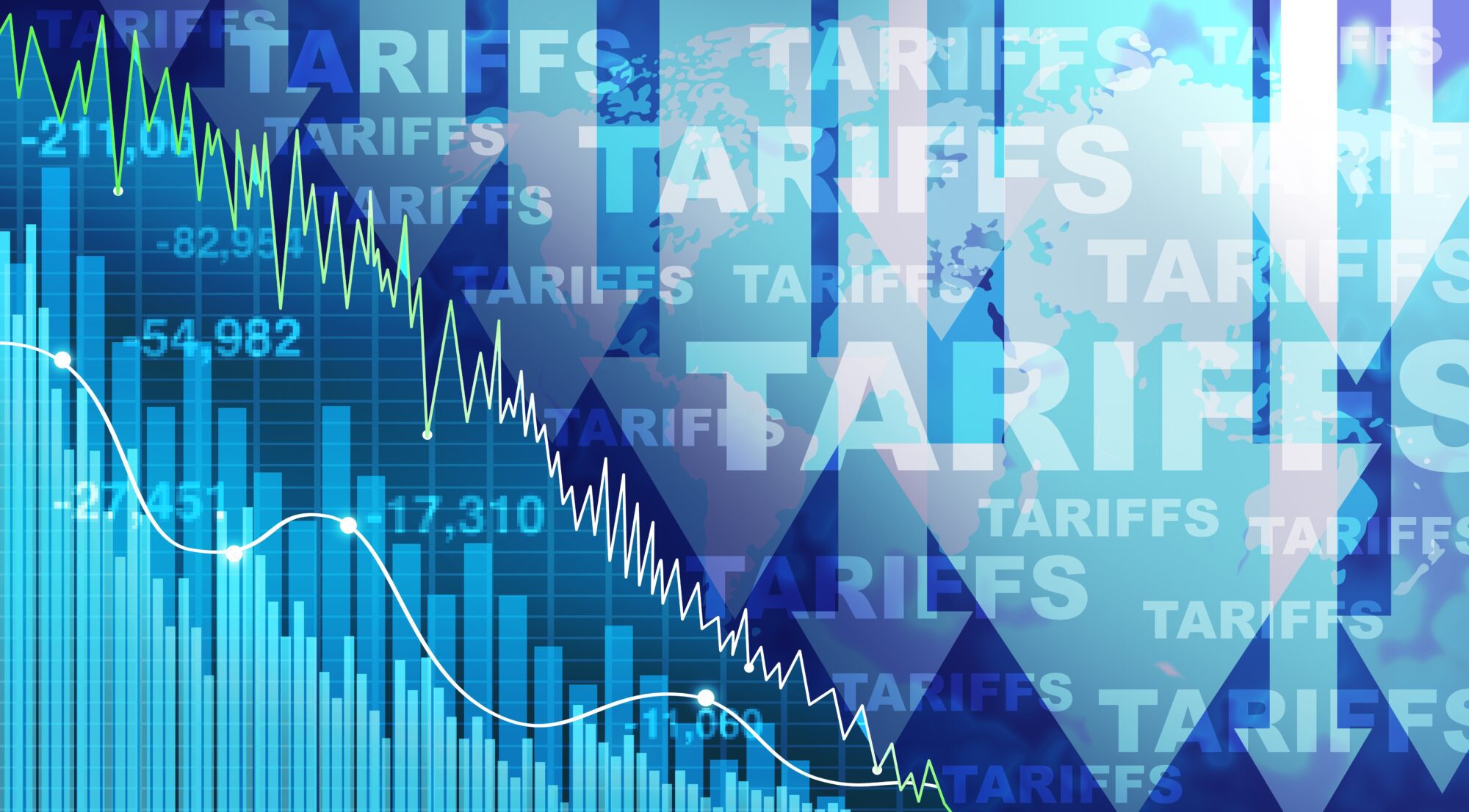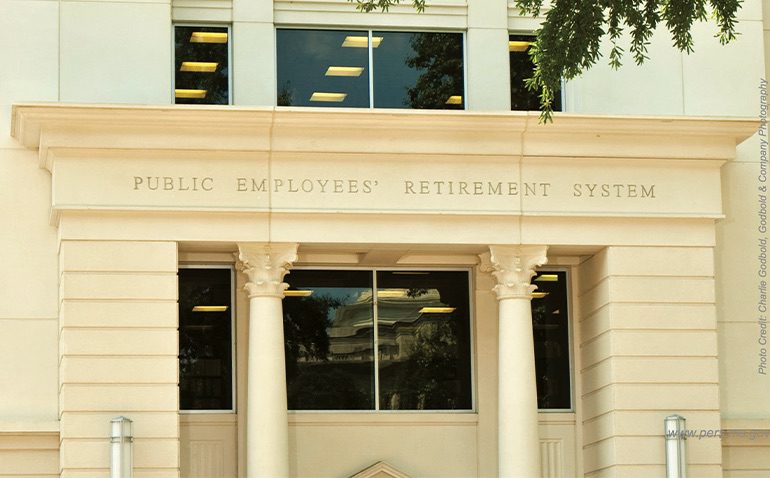
(Photo from Shutterstock)
- In this Part 1 of a series, Sam Franklin delves into the economic impacts – both intended and unintended – of tariffs.
As more than one person recently has asked me why stock markets have reacted so violently to the announcement of tariffs, I thought I would pen a brief series of essays on the connection between the two. These are not intended as political essays advocating for or against tariffs. Rather, they are essays on the economic impacts – both intended and unintended – of tariffs.
The price of an individual stock – say General Motors or Wal-Mart or Apple – is forward looking. The price represents what a willing buyer would pay to own a share of that company’s earnings and cash flows going forward. If Apple introduces a new iPhone, its stock price might go up on anticipation of increased earnings; if General Motors announces a recall on the Silverado – its highest selling vehicle – due to a mechanical defect, its stock price might go down on anticipation of decreased earnings.
By the same token, when the stock market as a whole moves in tandem, investors are anticipating increased or decreased earnings going forward for the majority of stocks in the market. Investors perceive something is affecting not just one company, but all the companies in the market.
In the case of tariffs, that anticipation is reduced earnings across the board. That is because tariffs are inflationary by their nature. They add a non-value added cost to the final product being sold. That additional cost may be on an input or the final cost of the product itself.
For example, if a 25% tariff is added to steel or aluminum, the cost of vehicles made in the US will increase by 25% x the amount of steel used in its manufacture. (It matters not whether the steel is imported or domestic. If the price of imported steel is increased, the price of domestic steel will rise to just below that, all else being equal.) If an iPhone assembled in China or Taiwan were faced with a 100% tariff, the cost of that iPhone would double when sold in the US.
Those increased costs hit companies – and their stock prices – in two ways. One, if companies are unable to pass those costs on to consumers, their margins fall – they make less money per each unit sold. Two, if companies do pass the costs on to consumers, the higher price will deter some consumers from buying. They will either seek alternatives or forgo the product category altogether. The result is lower revenues for the companies selling the now more expensive product or service, thus lower net margins – lower earnings and cash flows – as there is less revenue to cover the fixed costs of the business. All of which drives stock prices down.
One of the reasons US stock markets have outperformed international markets over the last decade and a half, especially those in Europe, is that the US imposes a less onerous tax burden than Europe. Thus, ingenuity and entrepreneurship are rewarded more in America than in Europe – entrepreneurs and their companies and stockholders are able to keep more of the value they create. To illustrate, for the 15 years ending 2024, the SP500 returned 575% vs 150% for the Euro Stoxx 50. Over the same time period, US GDP grew 39% vs 21% for European GDP. Indeed, per capita GDP of Mississippi – the poorest state in the union – is higher than that of the UK, France, Italy, Spain, and the EU as a whole.
Ironically, by raising tariffs across the board – and a tariff is nothing more than a tax – the US is becoming more like Europe. Companies in countries with no or low tariffs are forced to innovate to compete – they become world class because they have to. Companies in countries with high protective tariffs become or remain second rate because they can – the government insulates them from competition.
Ultimately the consumer – the taxpayer – in whatever country tariffs are imposed – is the one who suffers. He suffers by having to pay higher prices for both the luxuries and necessities of life. Compounding that, the consumer (taxpayer) suffers by having the value of his investment portfolio decline simultaneously. The consumer/taxpayer who sells stocks receives less for those stocks at the same time she needs to pay more for the goods and services she buys.
In the US, the Federal Reserve estimates that over half of American households own stocks. As pension funds also own an estimated 25% of the US market, the percentage of American households that own stocks directly or indirectly is substantially higher, conceivably 70%. As those portfolio values decline, and future income streams from those portfolios decline, the probability of pension funds like CalPERS or the Mississippi Public Employee Retirement System defaulting on their obligations to retirees increases.
While arguments may be made for the imposition of tariffs – and governments have made them for centuries – the inevitable reduction in future earnings is why markets decline when tariffs are introduced or increased.
In subsequent essays we’ll look at the impact of and attitude toward tariffs at the dawn of the American Republic, including arguments about the “balance of trade” and national defense, and we’ll consider the modern example of the Smith Brothers lemonade stand on one side of the street and the Jones Sisters on the other according to the rules imposed by the neighborhood HOA.








